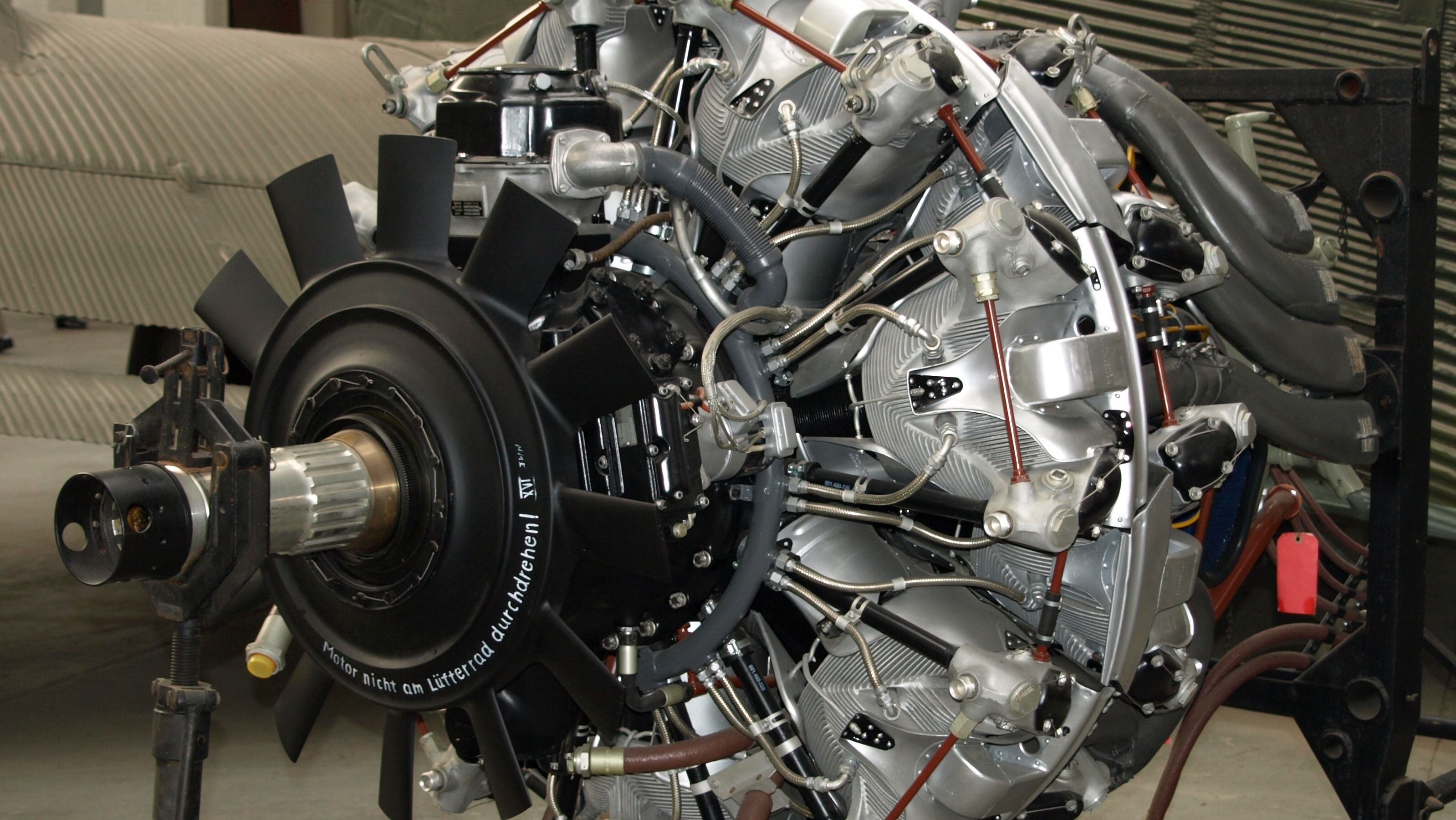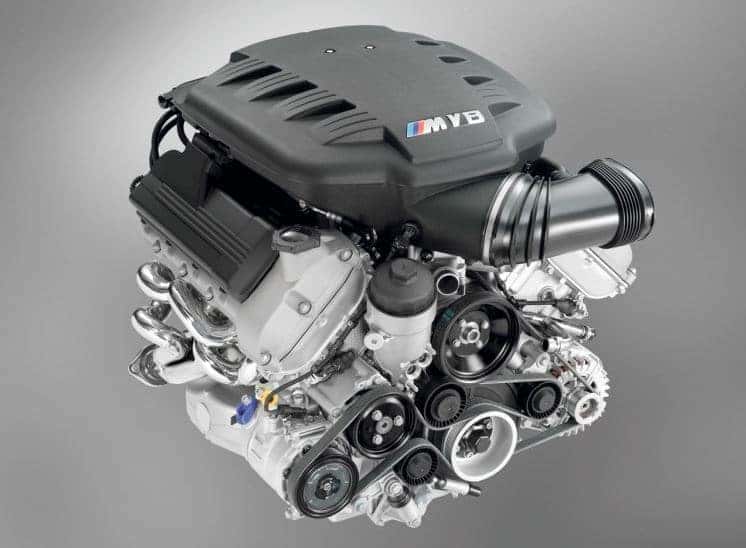Unveiling the Secrets Behind the Power of the BMW Engine
Unveiling the Secrets Behind the Power of the BMW Engine
Blog Article
Exploring the Development of Burning Engines in Modern Transportation Solutions
As we browse the landscape of modern transportation, the development of burning engines stands as a testimony to human resourcefulness and engineering prowess. From their simple beginnings to the sophisticated giants propelling lorries today, burning engines have actually undergone an amazing trip of advancement and adaptation. Understanding the ins and outs of this evolution not just drops light on the past but additionally leads the way for envisioning what exists in advance in the world of transport technology. The interaction of history, innovation, and ecological worries in forming the trajectory of burning engines creates a story that is both informative and compelling.
Early Beginnings of Combustion Engines
Just how did the concept of burning engines very first emerge in the very early stages of transport development? The origins of burning engines can be mapped back to the 17th century when the concepts of internal burning were first checked out. In 1673, Christian Huygens conceived a standard inner burning engine that used gunpowder to create power. Nevertheless, it had not been until the late 19th century that sensible applications of burning engines in transportation began to emerge.
The advancement moment featured the development of the initial effective gasoline-powered engine by Karl Benz in 1885 - bmw engine. This engine led the method for the development of the modern-day vehicle, transforming transportation systems worldwide. Subsequent innovations by Nikolaus Otto and Gottlieb Daimler even more improved burning engine innovation, leading to the mass manufacturing of autos and the fast expansion of the transport industry
These very early burning engines were identified by their simpleness and effectiveness, laying the structure for the facility and effective engines made use of in modern-day transport systems. The development of combustion engines has actually been critical in forming the means we take a trip and deliver goods, noting a considerable milestone in the history of transport advancement.
Transition to Internal Combustion Innovation
The change to inner combustion technology noted a crucial change in the development of transport systems. This change began in the late 19th century, with developers like Nikolaus Otto and Gottlieb Daimler establishing the very first effective internal combustion engines. These engines revolutionized transport by supplying a much more effective and effective alternative to heavy steam engines and electrical motors.
Among the key benefits of internal burning engines was their capability to be reduced to match vehicles, causing the advancement of motorbikes and autos. This shift from bulky, fixed engines to portable, mobile ones led the method for the modern-day transportation systems we see today.
The transition to interior combustion innovation also spurred improvements in fuel innovation, bring about the development of fuel and diesel as key fuel sources for automobiles. This shift not just made transportation much more obtainable to the masses but also laid the structure for the oil and gas market to become important to worldwide economies.
Effect of Combustion Engines on Transport
The fostering of combustion engines in transportation systems catalyzed an extensive change in the effectiveness and speed of global flexibility. Burning engines transformed transport by offering a flexible and dependable source of power for various lorries, including cars and trucks, airplanes, vehicles, and ships. This innovation significantly enhanced the capacity for products and people to conform long distances in much shorter timespan, causing raised connection in between regions and nations.
Additionally, the prevalent use of burning engines has actually had a considerable effect on financial development. The ability to transfer items successfully has spurred trade and commerce, permitting companies to expand their markets and reach customers worldwide. This has actually assisted in financial development and globalization, as products can now be delivered much faster and in bigger quantities than ever.
Nonetheless, the environmental influence of combustion engines can not be see here now ignored. The burning of fossil fuels has actually led to air pollution and greenhouse gas discharges, adding to environment modification and posing health and wellness threats to populaces. bmw engine. Because of this, there is an expanding emphasis on creating alternative propulsion innovations to mitigate these adverse impacts and produce a much more lasting future for transport
Advancements in Burning Engine Style
Countless innovations in burning engine design have moved the advancement of transport systems over the decades. One notable technology is the advancement of turbocharged engines, which utilize exhaust gases to drive a wind turbine that compresses inbound air, permitting more gas to be burned, leading to increased power output without a substantial boost in engine size. In addition, direct shot innovation has improved gas performance and performance by precisely regulating the amount and timing of fuel infused into the combustion chamber. Variable shutoff timing systems have also reinvented engine design by enhancing air movement at various engine rates, boosting both power and effectiveness. One more considerable innovation is the combination of light-weight materials such as carbon fiber and light weight aluminum alloys, reducing total engine weight and boosting automobile gas economic climate. Innovations in computer-aided layout have actually allowed designers to enhance engine efficiency and efficiency via simulations prior to physical prototypes are developed, conserving time and sources in the development process. These innovations jointly add to the constant renovation of burning engines in modern transport systems.
Future Trends in Combustion Engine Growth
With modern technology innovations driving constant advancement, the future of combustion engine growth is poised to change transportation systems internationally. One of the key patterns in burning engine development is the press in the direction of greater effectiveness and reduced emissions.
An additional prominent pattern is the fostering of crossbreed technologies in combustion engines. Crossbreed engines incorporate traditional combustion innovation with electrical power, offering enhanced gas performance and reduced emissions. As the automobile market changes in the direction of electrification, crossbreed combustion engines are seen as a transitional service that connects the void in between standard vehicles and fully electric ones.
Additionally, the assimilation of clever technologies, such as synthetic intelligence and data analytics, is expected to i loved this play a considerable function in the future of burning engine growth. These modern technologies can optimize engine performance in real-time, causing more reliable combustion processes over here and improved total lorry efficiency. Welcoming these future fads will certainly not just drive advancement in burning engine advancement however likewise contribute to a more sustainable and eco-friendly transportation community.

Conclusion
In conclusion, the evolution of burning engines in contemporary transportation systems has been noted by considerable developments in technology and layout. From the very early beginnings of burning engines to the shift to internal burning innovation, these engines have had an extensive effect on transportation.
The origins of combustion engines can be mapped back to the 17th century when the concepts of internal burning were initial explored. These engines changed transport by offering an extra effective and powerful choice to heavy steam engines and electrical motors.

Report this page